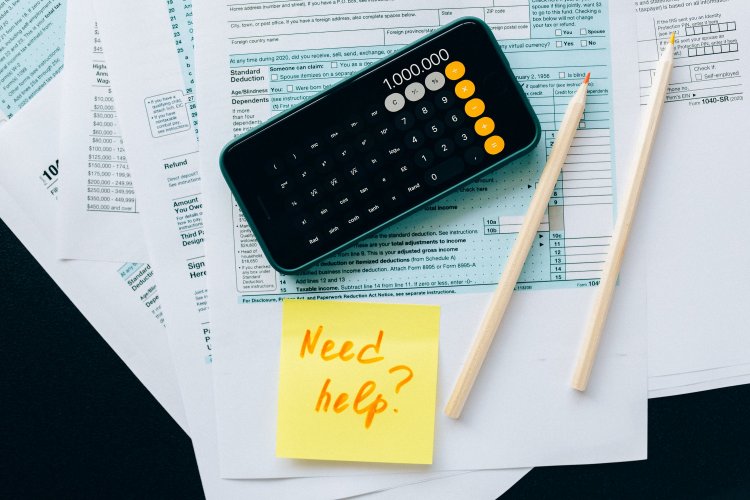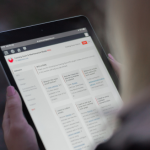All types of bookkeepers should be familiar with the eight-step accounting cycle. It divides the complete process of a bookkeeper’s duties into eight simple parts. Accounting software and technology applications may typically automate many of these tasks. However, for small business accountants working on the books with limited technical support, learning and using the stages manually might be critical.
What Is The Accounting Cycle?
The accounting cycle is used comprehensively through one full reporting period. As a result, being structured throughout the duration of the process can be a critical component in maintaining overall efficiency. The length of the accounting cycle will be determined by the reporting requirements. The majority of businesses strive to evaluate their performance on a monthly basis. However, some may place a greater emphasis on quarterly or annual outcomes.
Regardless, the majority of bookkeepers will be informed of the company’s financial situation on a daily basis. Overall, setting the length of each accounting cycle is critical since it establishes particular opening and closing dates. When an accounting cycle ends, a new one begins, resuming the eight-step accounting procedure from the beginning.
Understanding The 8-Step Accounting Cycle
Conclusion
Accounting is made easier for bookkeepers and busy entrepreneurs with the eight-step accounting cycle method. It can assist in removing the guesswork from accounting procedures. It also aids in financial performance analysis consistency, accuracy, and efficiency.


















